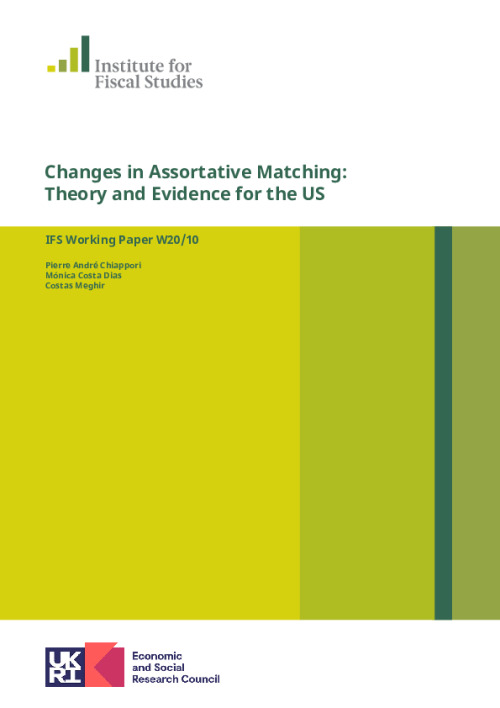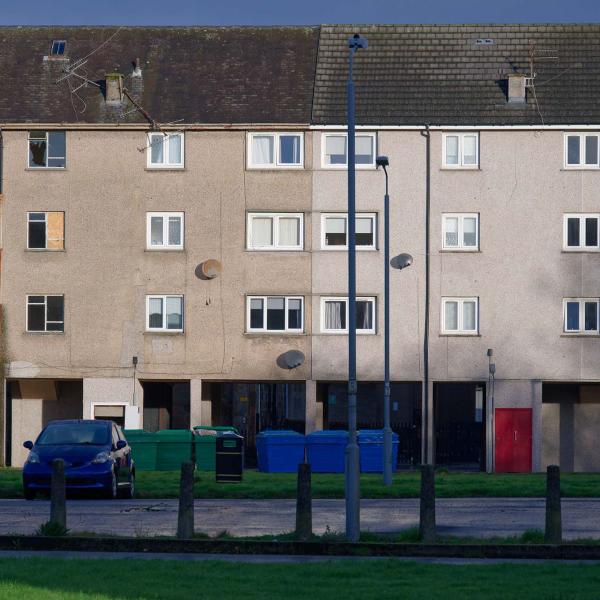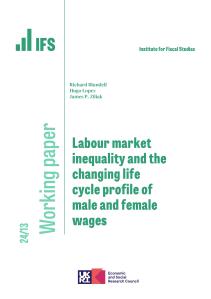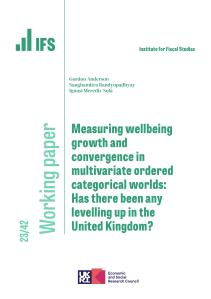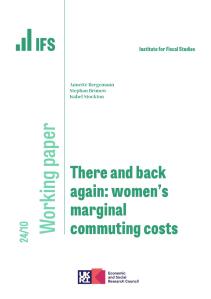The extent to which like-with like marry is particularly important for inequality as well as for the outcomes of children that result from the union. In this paper we discuss approaches to the measurement of changes in assortative mating. We derive two key conditions that a well-defined measure should satisfy. We argue that changes in assortativeness should be interpreted through a structural model of the marriage market; in particular, a crucial issue is how they relate to variations in the economic surplus generated by marriage. We propose a very general criterion of increase in assortativeness, and show that almost all indices used in the literature are implied by our criterion – with one notable exception, that moreover violates one of our conditions. Finally, we use our approach to evaluate the evolution of assortative matching in the US over the last decades, and conclude that assortative matching has increased, particularly at the top of the education distribution.
